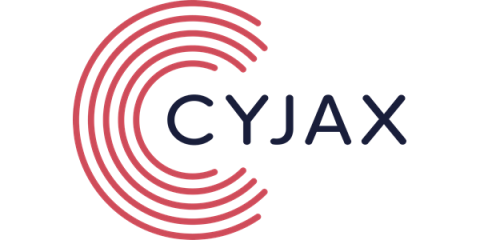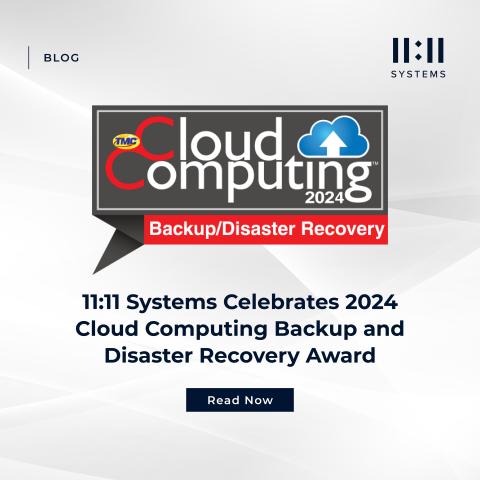"SOAR isn't obsolete, it's just maturing": Tracking SOAR's AI evolution with Tines and GigaOm
In a recent webinar on SOAR’s evolving role in security and beyond, I chatted with Andrew Green, Networking & Security Research Analyst at GigaOm. We kicked things off with a brief discussion on Gartner’s Hype Cycle for ITSM report, which described the SOAR category as “obsolete” and prompted some commenters to declare that SOAR is “dead”.










